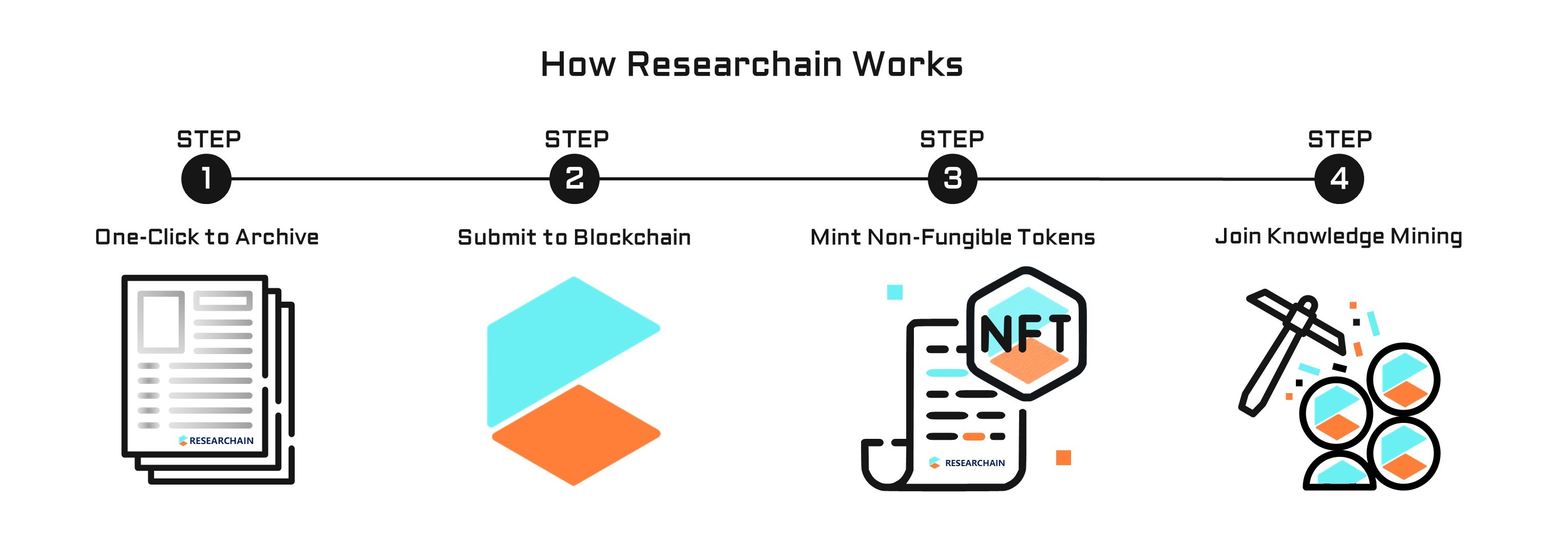Network
Latest external collaboration on country level. Dive into details by clicking on the dots.
Publication
Featured researches published by Vjeran Čajić.
Journal of Chemotherapy | 2002
Višnja Škerk; Slavko Schönwald; Ivan Krhen; Leo Markovinović; Bruno Baršić; Ivana Mareković; Srđan Roglić; Zvonimir Zeljko; Adriana Vince; Vjeran Čajić
Abstract A total of 123 patients, older than 18 years of age, with symptoms of chronic prostatitis and inflammatory findings as well as the presence of Chlamydia trachomatis confirmed by DNA/RNA DIGENE hybridization method in expressed prostatic secretion or in voided bladder urine collected immediately after prostatic massage, were examined. The patients were randomized to receive a total of 4.5 g of azithromycin for 3 weeks, given as a 3-day therapy of 1×500 mg weekly or clarithromycin 500 mg b.i.d. for 15 days. Patients sexual partners were treated at the same time. Clinical and bacteriological efficacy were evaluated 4-6 weeks after the end of therapy. In the group of patients with chronic chlamydial prostatitis the eradication rates (azithromycin 37/46, clarithromycin 36/45) and the clinical cure rates (azithromycin 32/46, clarithromycin 32/45) were not significantly different with regards to the administered drug (p>0.05). In the group of patients with asymptomatic chlamydial prostatitis the eradication rates (azithromycin 11/16, clarithromycin 10/15) were not significantly different with regards to the administered drug (p=1.00, OR=1.1).
Journal of Chemotherapy | 2009
Višnja Škerk; Srđan Roglić; Vjeran Čajić; Alemka Markotić; Ana Radonić; Vedrana Škerk; Jasminka Granić; S. Žcidovec-Lepej; J. Parazajder; Josip Begovac
Abstract We examined a total of 194 patients over 18 years of age with chronic prostatitis syndrome and no evidence of structural or functional lower genitourinary tract abnor-malities. the following data were obtained for each patient: clinical history - the severity of chronic prostatitis symptoms scored by a Croatian translation of the NIH CPSI questionnaire, clinical status including digitorectal examination, urethral swab specimens, and selective samples of urine and expressed prostatic secretion, according to the 4-glass localization test (meares and Stamey localization technique). Patients were treated orally with antimicrobial agents in doses and duration according to clinical practice in Croatia. An infectious etiology was determined in 169 (87%) patients. Chlamydia trachomatis was the causative pathogen in 38 (20%) Tri-chomonas vaginalis in 35 (18%) Enterococcusin 36 (19%) and Escherichia coli in 35 (18%) patients. in the remaining 25 patients the following causative pathogens were found: Ureaplasma urealyticum, Proteus mirabilis, Klebsiella pneumoniae, Streptococcus agalactiae and Pseudomonas aeruginosa. Comparison of symptoms scores and effect on quality of life has shown that the most severe clinical presentation of disease was recorded in patients with chronic bacterial prostatitis caused by E. coli and Enterococcus(p<0.001). Clinical success was paralleled by bacteriological eradication in chronic bacterial prostatitis caused by C. trachomatis, Enterococcus and E. coli (kappa >0.2<0.5), but not in inflammatory chronic pelvic pain syndrome caused by T. vaginalis.
Croatian Medical Journal | 2011
neven papic; Snježana Židovec Lepej; Ivan Kurelac; Vjeran Čajić; Jelena Budimir; Davorka Dušek; Adriana Vince
Aim To examine the risk factors, comorbidity, severity of liver disease, treatment course, and outcome in Croatian war veterans with chronic hepatitis C, especially those suffering from posttraumatic stress disorder (PTSD). Methods We collected medical records of 170 adult men diagnosed with chronic hepatitis C who started treatment with a combination of pegylated interferon-alpha and ribavirin between January 2003 and June 2009 at the Croatian Reference Centre for Viral Hepatitis. Results Participants’ mean age was 43u2009±u20099 years. Among 170 participants, there were 37 war veterans (22%). The main risk factor in veteran patients were operative procedures with transfusions (46% vs 5% in non-veterans; Pu2009<u20090.001) and in non-veteran patients intravenous drug use (42.1% vs 13%; Pu2009<u20090.001). The average duration of infection was longer in war veterans (14.5u2009±u20093.4 vs 12.2u2009±u20097.2 years; Pu2009=u20090.020). The percentage of PTSD comorbidity in the whole group was 11% (18/170) and in the war veterans group 49% (18/37). The prevalence of sustained virological response in patients with PTSD was 50% and in patients without PTSD 56%. Treatment reduction in patients with PTSD (33%) was higher than in patients without PTSD (12%;Pu2009=u20090.030). Conclusion Croatian war veterans are a group with high risk of chronic hepatitis C infection because many of them were wounded during the Croatian War 1991-1995. Considerations about PTSD as a contraindication for interferon treatment are unjustified. If treated, patients with PTSD have an equal chance of achieving sustained virological response as patients without PTSD.
International Journal of Antimicrobial Agents | 2004
Višnja Škerk; Ivan Krhen; Slavko Schönwald; Vjeran Čajić; Leo Markovinović; Srdan Roglic; Sime Zekan; Arjana Tambic Andracevic; Vladimira Kruzic
Vaccine | 2008
Goran Tešović; Mario Poljak; Maja M. Lunar; Boštjan J. Kocjan; Katja Seme; Biserka Trošelj Vukić; Sunčanica Ljubin Sternak; Vjeran Čajić; Adriana Vince
croatian journal of infection | 2009
Adriana Vince; Snježana Židovec Lepej; Ivan Kurelac; Vjeran Čajić; Vitomir Burek; Davorka Dušek; Jelena Budimir
Collegium Antropologicum | 2006
Višnja Škerk; Vjeran Čajić; Leo Markovinović; Srđan Roglić; Šime Zekan; Vedrana Škerk; Velena Radošević; Arijana Tambić Andrašević
4. simpozij o spolno prenosivim bolestima s međunarodnim sudjelovanjem - Knjiga sažetaka | 2018
Slavko Schönwald; Višnja Škerk; Vjeran Čajić; Leo Markovinović; Srđan Roglić; Ivan Krhen; Željko Zeljko; Vladimira Kružić; Adriana Vince; Elvira Čeljuska-Tošev
24th European Congress of Clinical Microbiology and Infectious Diseases | 2014
Ivan Kurelac; Vjeran Čajić; Davorka Dušek; Neven Papić; Adriana Vince
croatian journal of infection | 2013
Ivan Kurelac; Neven Papić; Snježana Židovec Lepej; Davorka Dušek; Vjeran Čajić; Adriana Vince
Collaboration
Dive into the Vjeran Čajić's collaboration.

